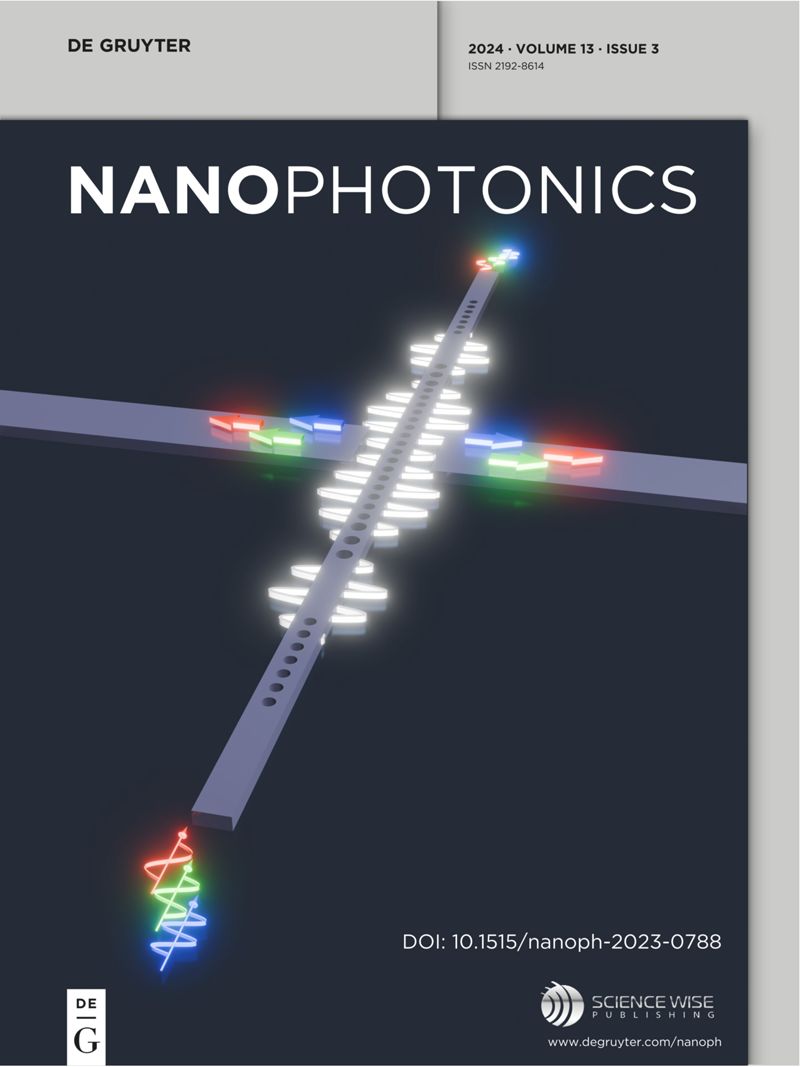Polaritonic quantum matter
IF 6.6
2区 物理与天体物理
Q1 MATERIALS SCIENCE, MULTIDISCIPLINARY
引用次数: 0
Abstract
Polaritons are quantum mechanical superpositions of photon states with elementary excitations in molecules and solids. The light–matter admixture causes a characteristic frequency-momentum dispersion shared by all polaritons irrespective of the microscopic nature of material excitations that could entail charge, spin, lattice or orbital effects. Polaritons retain the strong nonlinearities of their matter component and simultaneously inherit ray-like propagation of light. Polaritons prompt new properties, enable new opportunities for spectroscopy/imaging, empower quantum simulations and give rise to new forms of synthetic quantum matter. Here, we review the emergent effects rooted in polaritonic quasiparticles in a wide variety of their physical implementations. We present a broad portfolio of the physical platforms and phenomena of what we term极极性量子物质
极化子是分子和固体中具有基本激发的光子态的量子力学叠加。光-物质混合引起了所有极化子共享的特征频率-动量色散,而不考虑材料激发的微观性质,这些激发可能包含电荷、自旋、晶格或轨道效应。极化子保留了其物质成分的强非线性,同时继承了光的射线状传播。极化子产生了新的性质,为光谱学/成像提供了新的机会,增强了量子模拟的能力,并产生了新的合成量子物质形式。在这里,我们回顾了根植于极极性准粒子的各种物理实现中的涌现效应。我们提出了一个广泛的组合的物理平台和现象,我们称之为极化量子物质。我们讨论了不同平台和物理实现的极化子的统一方面,并重点介绍了极化子成像、腔电动力学和腔材料工程、拓扑和非线性以及量子极化子的最新发展。
本文章由计算机程序翻译,如有差异,请以英文原文为准。
求助全文
约1分钟内获得全文
求助全文
来源期刊

Nanophotonics
NANOSCIENCE & NANOTECHNOLOGY-MATERIALS SCIENCE, MULTIDISCIPLINARY
CiteScore
13.50
自引率
6.70%
发文量
358
审稿时长
7 weeks
期刊介绍:
Nanophotonics, published in collaboration with Sciencewise, is a prestigious journal that showcases recent international research results, notable advancements in the field, and innovative applications. It is regarded as one of the leading publications in the realm of nanophotonics and encompasses a range of article types including research articles, selectively invited reviews, letters, and perspectives.
The journal specifically delves into the study of photon interaction with nano-structures, such as carbon nano-tubes, nano metal particles, nano crystals, semiconductor nano dots, photonic crystals, tissue, and DNA. It offers comprehensive coverage of the most up-to-date discoveries, making it an essential resource for physicists, engineers, and material scientists.
 求助内容:
求助内容: 应助结果提醒方式:
应助结果提醒方式:


